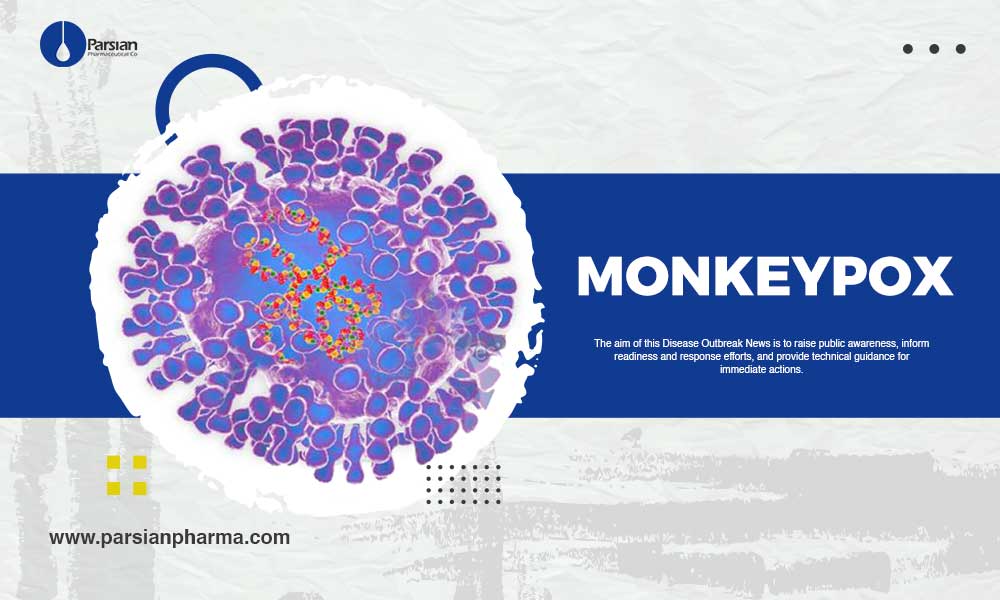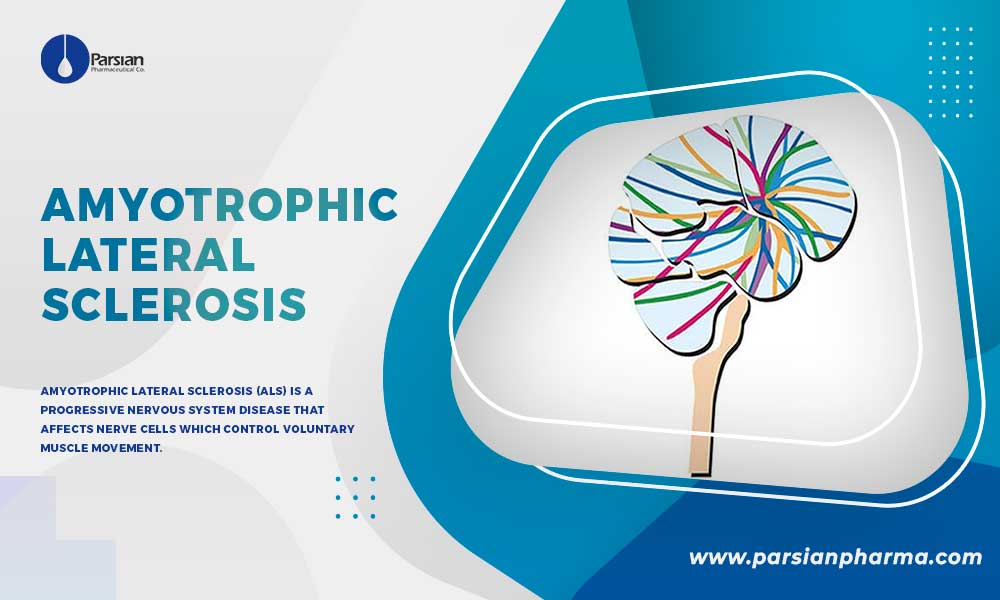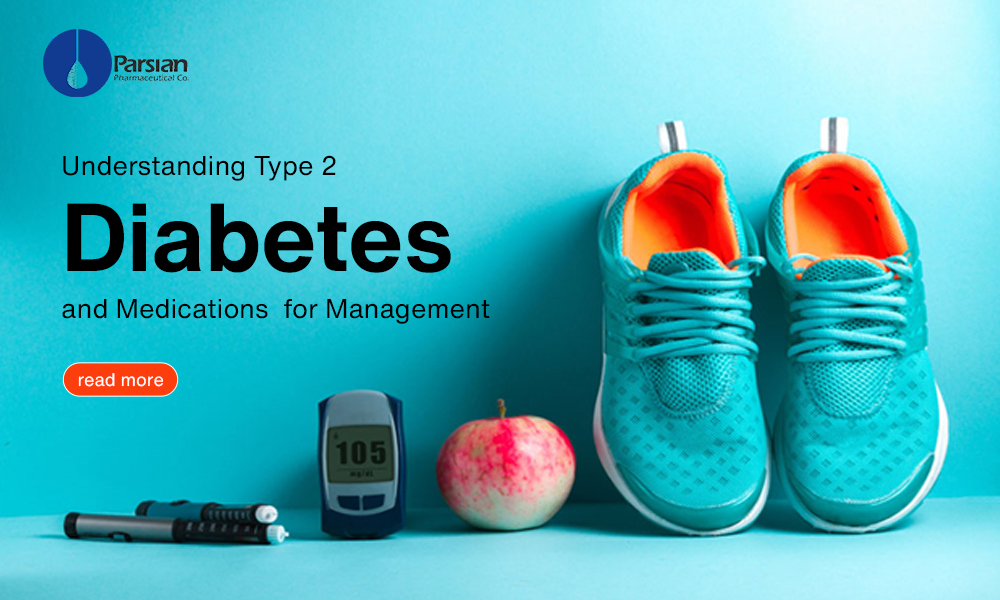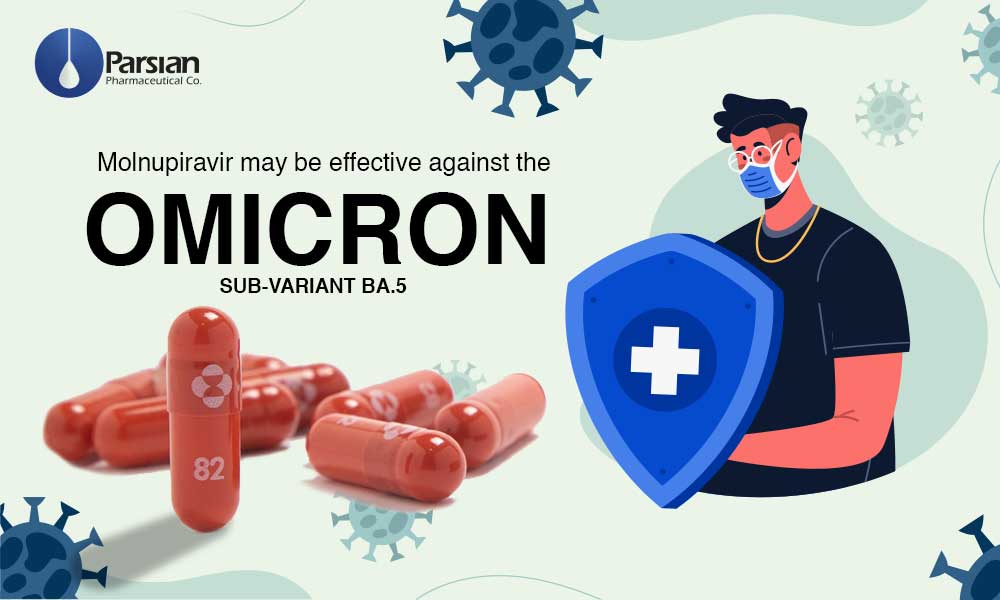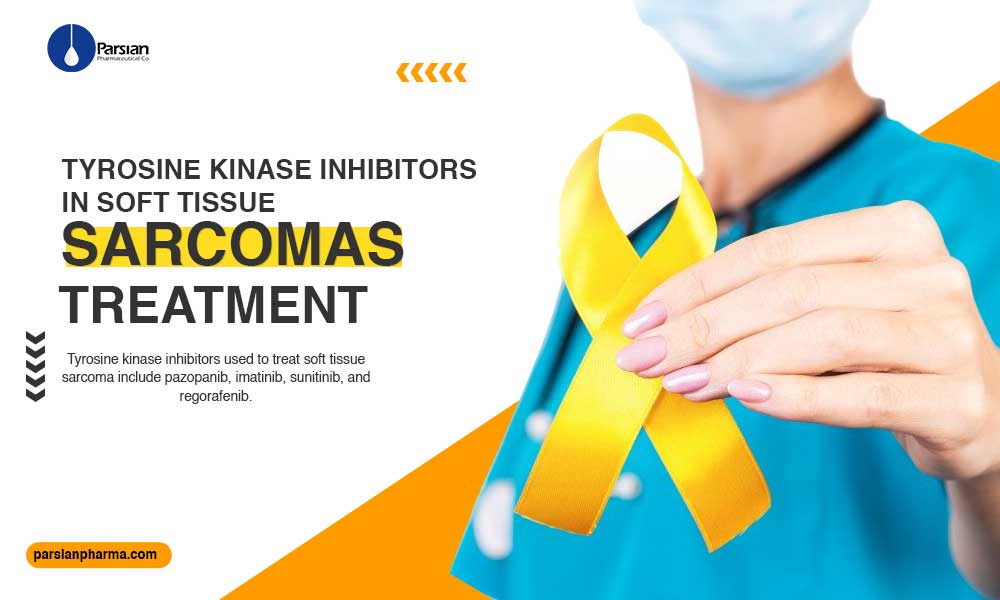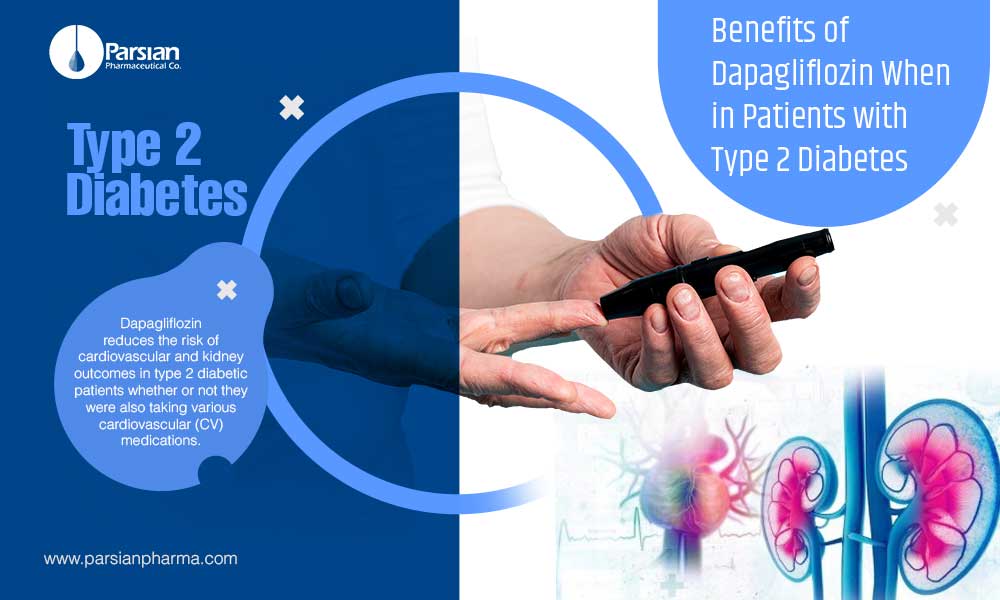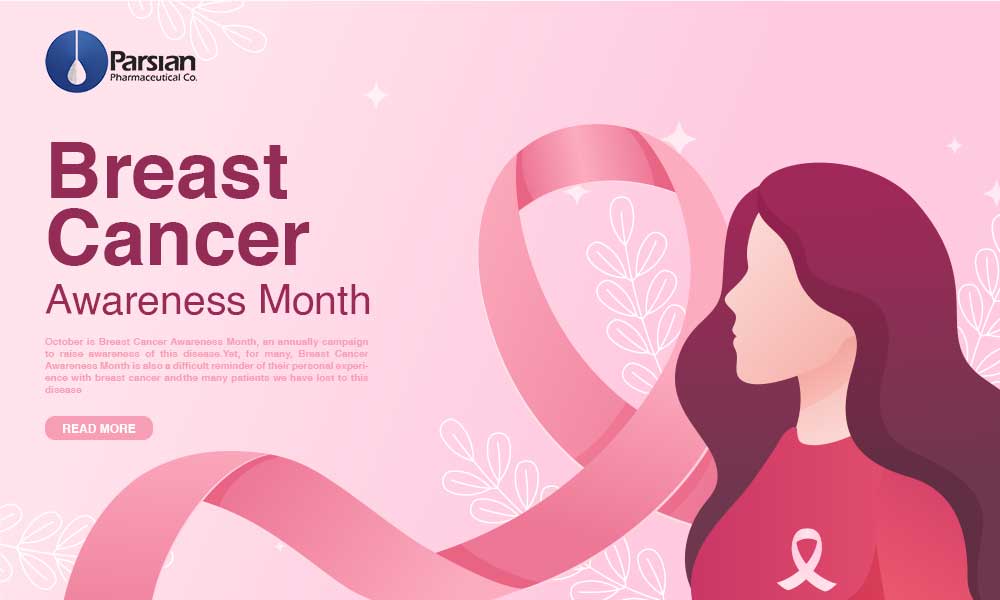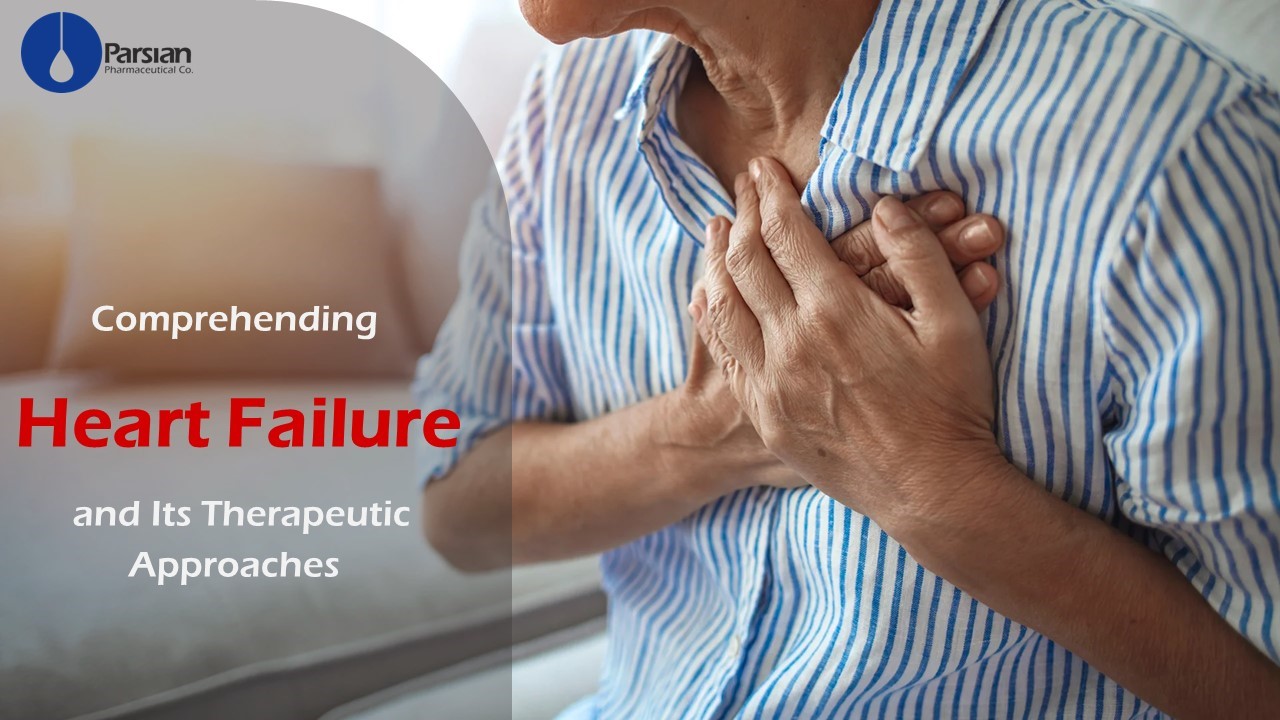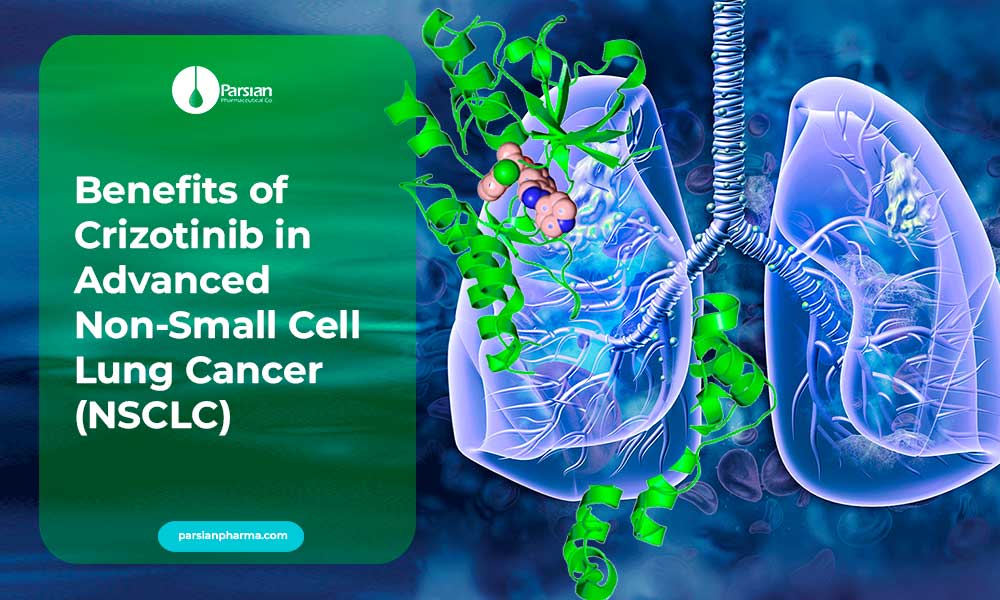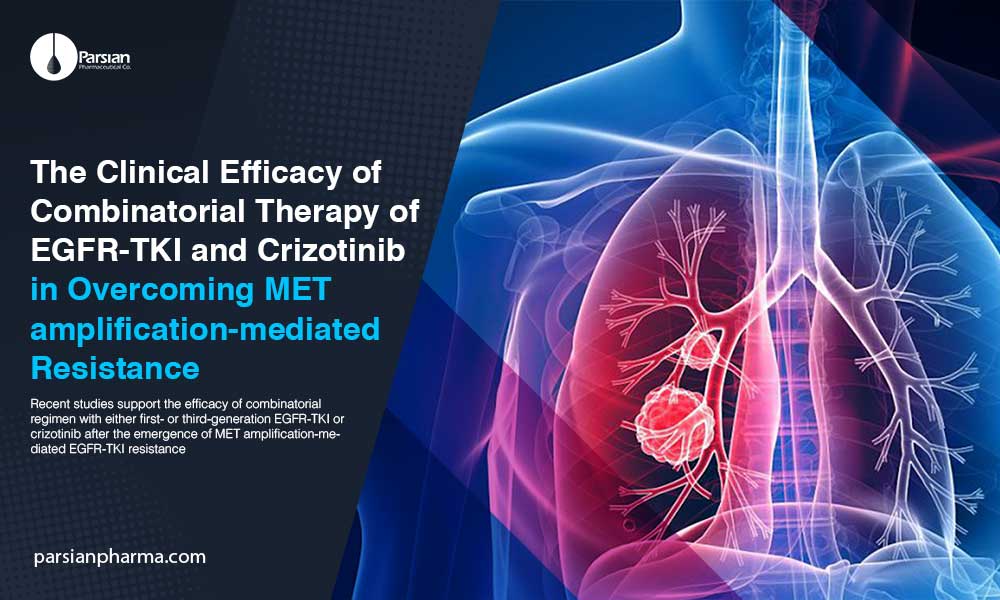The current monkeypox situation is consistently evolving and subject to change.
The aim of this Disease Outbreak News is to raise public awareness, inform readiness and response efforts, and provide technical guidance for immediate needed actions.
Outbreak at glance
Since 13 May 2022, cases of monkeypox have been reported from 12 Member States that are not endemic for monkeypox virus, across three WHO regions. Epidemiological studies are ongoing, however, reported cases thus far have no experience of travel to endemic areas.
This is an evolving situation and WHO expects more cases of monkeypox identified as surveillance expands in non-endemic countries. Immediate actions focus on informing those who may be at high risk for monkeypox infection with accurate information, to stop further spread.
Current available data suggests that those who are consider high risk, are those who have had close physical contact with monkeypox patient, while they are symptomatic.
About Monkeypox
Monkeypox is a rare infection that is caused by monkeypox virus. Monkeypox virus belongs to the Orthopoxvirus genus which includes the variola (smallpox) virus, and vaccinia virus (used in the smallpox vaccine). Monkeypox is of public health concern because is similar to smallpox and can be spread from infected humans, animals, and even materials contaminated with the virus. But monkeypox is less transmissible than smallpox. Monkeypox was first discovered in 1958 and occurs primarily in Central and West African countries.
Symptoms
Symptoms of monkeypox in humans, are similar but milder than symptoms of smallpox, the main difference between symptoms of them is that monkeypox causes lymphadenopathy while smallpox does not.
The incubation period (time from infection to appearing of symptoms) for monkeypox, is usually 7−14 days but can range from 5−21 days.
Symptoms begins with:
- Fever
- Headache
- Muscle aches
- Backache
- Swollen lymph nodes
- Chills
- Exhaustion
Within 1 to 3 days (or even longer) after developing fever, the patient develops a rash, often beginning on the face then spreading to other parts of the body.
Lesions progress through the following stages before disapperaing:
- Macules
- Papules
- Vesicles
- Pustules
- Scabs
The illness typically lasts for 2−4 weeks. In Africa, monkeypox has been shown to cause death in as many 10% of patients.
Anyone who has monkeypox symptoms, such as characteristic rashes or lesion, should contact a health care provider right away.
Transmission
Transmission of monkeypox virus happens when a person comes into contact with the virus from a human, animal, or materials contaminated with the virus.
The virus can enter the body through broken skin, the mucous membranes, or the respiratory tract.
- Animal-to-human transmission may occur by bite or scratch, bush meat preparation, direct contact with body fluids or lesion material, or indirect contact with lesion material, such as through contaminated bedding.
- Human-to-human transmission is thought to occur primarily through large respiratory droplets. Respiratory droplets generally can’t travel more than a few feet, so prolonged face-to-face contact is required.
- Other human-to-human methods of transmission include direct contact with body fluids or lesion material, and indirect contact with lesion material, such as through contaminated clothing or linens.
However, it is important to emphasize it does not spread easily and requires close personal contact with an infected symptomatic person.
Latest worldwide statistics
The situation is evolving and is expected there will be more patients with monkeypox identified as surveillance expands in non-endemic countries. However, health authorities said that we are not on the brink of a serious outbreak and the risks to the general public are very low. So far, there have been no deaths linked with this outbreak.
Prevention
There are number of ways that can be taken to prevent infection with monkeypox virus:
- Isolate infected patients from others who could be at risk for infection.
- Practice good hand hygiene after contact with infected animals or humans. For example, using an alcohol-based hand sanitizer or washing your hands with soap and water
- Avoid contact with animals that could harbor the virus (including animals that are sick or that have been found dead in areas where monkeypox occurs).
- Avoid direct contact with any materials, such as bedding or laundry that has been in contact with a sick animal or patient. (Monkeypox virus can be killed with standard washing machine).
- Use appropriate personal protective equipment (PPE) when caring for patients, which includes gown, gloves, respirator, and eye protection.
Treatment
Treatment for monkeypox is mainly supportive. The illness is usually mild and most of the patients will rّecover within a few weeks without treatment.
But as it can spread if there is close contact, you will need to be isolated if you’re diagnosed with it.
Patient may need to stay in a specialist hospital, so the symptoms can be treated and to prevent the infection spreading to other people.
WHO advice
Any suspected monkeypox patient should be investigated and if confirmed, isolated until their lesions have crusted, the scab has fallen off and a fresh layer of skin has formed.Countries should be alert for signals related to patients presenting with an atypical rash that progresses in sequential stages, including macules, papules, vesicles, pustules, scabs, at the same stage of development over all affected areas of the body, which may be associated with fever, enlarged lymph nodes, back pain, and muscle aches. Increasing awareness among potentially high-risk communities, such as health care providers and laboratory workers, is essential for identifying and preventing further more cases and effective management of the current outbreak.

